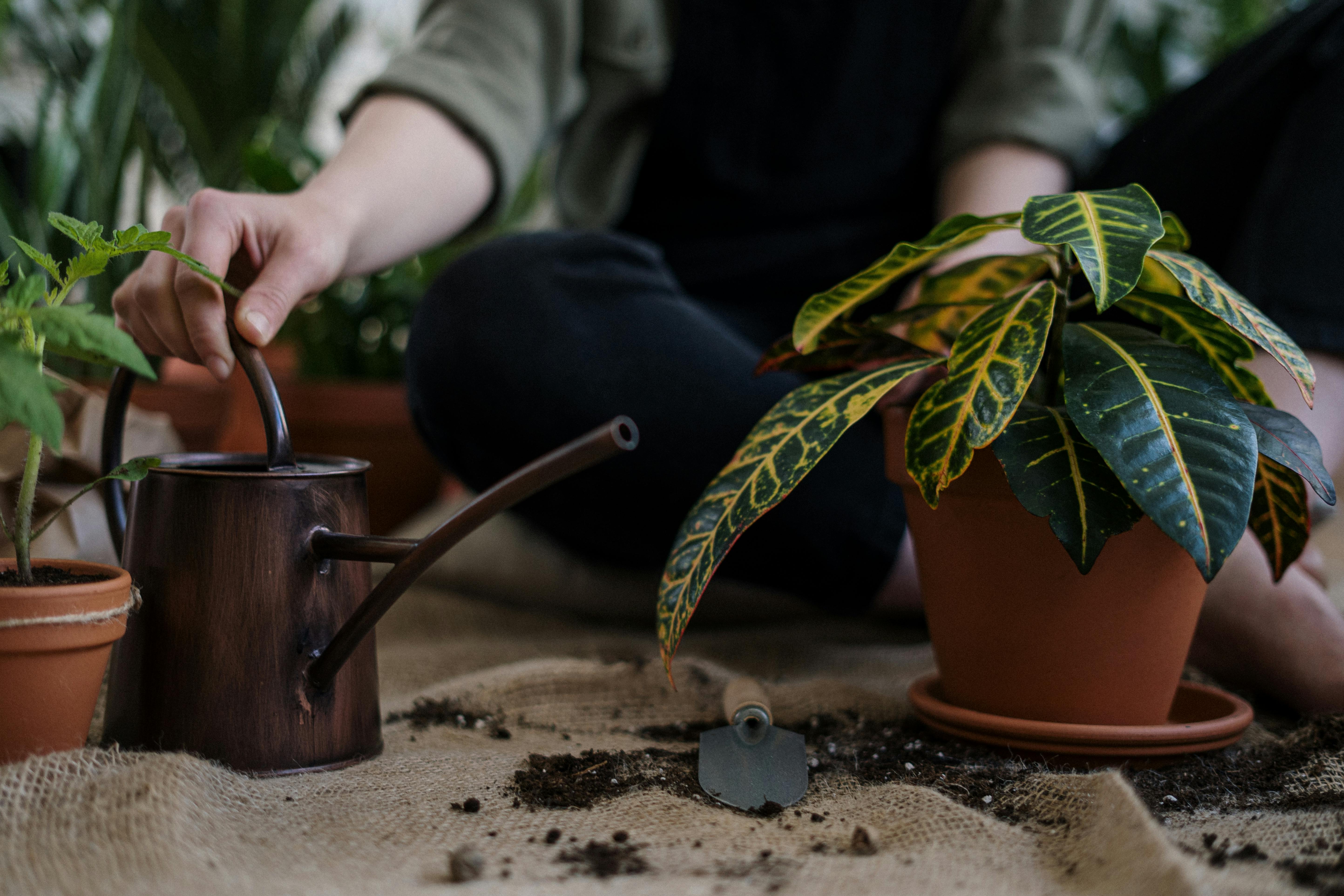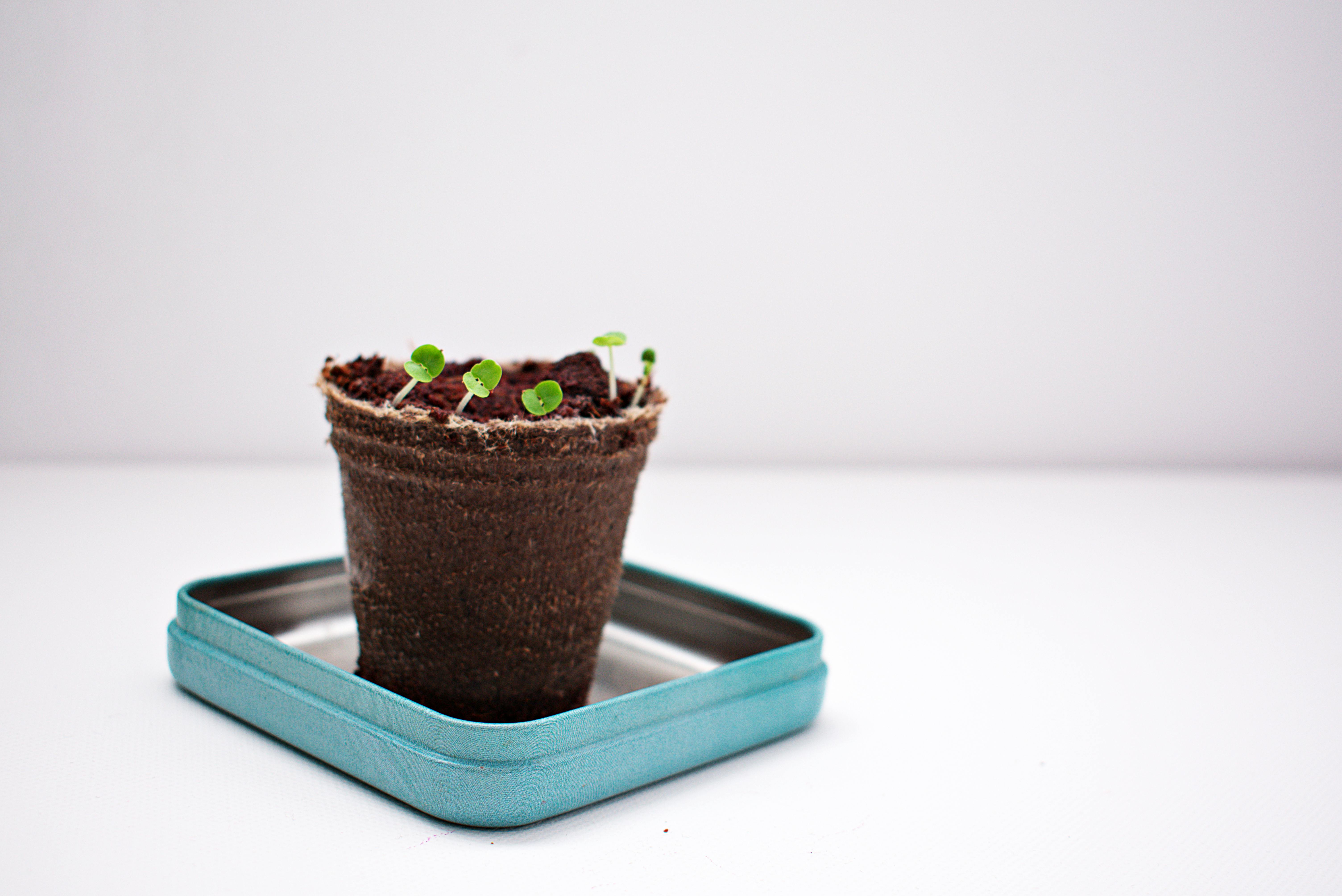Irises are a beautiful flower that can bring vibrant colors to your garden. But what if you don’t have the space for a garden? Is it possible to grow irises in pots? The answer is yes! Planting irises in pots is a great way to enjoy these stunning flowers without needing a large outdoor space. In this article, we will discuss the best practices for planting and caring for potted irises.Yes, iris can be planted in pots. They prefer a wide, shallow pot that allows for good drainage and plenty of room for the roots to spread. Make sure to use a potting mix specifically designed for flowering and add some slow-release fertilizer to help the iris thrive in its new home.
Advantages of Planting Iris in Pots
Planting iris in pots offers many advantages for gardeners. Firstly, it allows gardeners to control the environment the iris is growing in, such as soil type, drainage, and sunlight exposure. This means that gardeners can tailor the conditions to suit their particular type of iris, ensuring that it will grow optimally. Secondly, it is also much easier to move potted plants around than plants which are planted directly into the ground. This makes it much more convenient for gardeners who need to move their plants to different areas around their yard or home. Thirdly, planting iris in pots also saves space in the garden as they take up less room than larger plants growing directly in the ground. Finally, planting iris in pots can also help contain any diseases or pests which may be present in the soil or within a particular area of the garden.
In conclusion, planting iris in pots offers many benefits for gardeners looking to add color and variety to their gardens. Not only does it give them control over how their plants grow by allowing them to create optimal conditions for their plants’ development, but it also saves space and makes it easy to move potted plants around if needed. In addition, planting iris in pots can help protect against diseases and pests which may be present in a particular area of the garden.
Types of Pots Suitable for Planting Iris
When planting iris, the type of pot you choose is important. Generally speaking, iris need a lot of drainage and air circulation, so it is best to choose a pot that allows for good drainage and airflow. Clay pots are the most popular choice for planting iris because they allow for good drainage. Plastic pots are another option, but they do not allow as much air circulation as clay pots. You can also use terracotta pots, which are very attractive and durable, but they are expensive and heavy. If you want to use plastic or terracotta pots, make sure to drill some holes in the bottom or sides to allow for better drainage. Additionally, if you live in an area where temperatures drop below freezing in winter, it is best to use plastic or terracotta pots instead of clay so that your plants will not freeze if left outdoors.
Aside from these traditional types of pots, there are some more modern options available as well. Self-watering containers are great for growing iris because they provide both adequate drainage and a consistent water supply. They come in a variety of shapes and sizes and have built-in reservoirs that slowly water your plants as needed. Another option is fabric pots, which have become increasingly popular in recent years. Fabric pots offer superior drainage and air circulation compared to traditional plastic or terracotta pots and come in a variety of colors and designs.
Soil Requirements for Planting Iris in Pots
Iris plants need well-draining soil to thrive. In order to ensure that your potted iris has the best chance of growing successfully, choose a potting mix that has perlite or vermiculite as part of the ingredients. This will help improve drainage and reduce the risk of root rot due to over-watering. Additionally, add a slow release fertilizer to the potting mix when planting iris in pots. This will help provide necessary nutrients for the plant throughout its growing season.
When planting iris in pots, consider using a container with at least one bottom drainage hole to ensure excess water can escape and not be trapped at the bottom of the pot. To further improve drainage, consider adding an additional layer of gravel at the bottom of your pot before adding your soil mixture.
Once planted, water your potted iris deeply and allow it to dry out completely between waterings. When you do water, make sure to check the soil before adding more water. If it is still moist several inches below the surface, then wait until it is dry before watering again. Additionally, repot your potted iris every two years or so with fresh potting mix and fertilizer to give it optimal nutrition as it continues to grow.
By following these guidelines for soil requirements when planting Iris in pots, you can ensure that your plants have all they need for successful growth and blooms year after year!
How to Plant Iris in Pots
Irises are a beautiful flower and can look great in a pot or container. Planting irises in pots is easy and the steps are simple. First, you will need to select a pot large enough to hold your iris bulbs. A pot with drainage holes at the bottom is ideal for growing irises.
Next, fill the pot with quality potting soil that drains well. Make sure to mix organic matter such as compost or peat moss into the soil for added nutrients. Place the iris bulbs in the soil so that they are just barely covered with soil and spaced about 3-4 inches apart.
Water your potted irises regularly, but don’t over water them. The soil should remain moist but not soggy. Too much water can cause root rot and other issues with your plants. Place your potted irises in an area with full sun for best results, as they need at least 6 hours of direct sunlight per day.
Fertilize your potted irises every two weeks during the growing season using a balanced fertilizer such as 10-10-10 or something similar. This will help ensure healthy growth and blooms for your plants. Deadhead any spent blooms to encourage new ones to grow throughout the season.
In colder climates, you may want to bring your potted irises indoors during winter months, as they do not tolerate frost well. Move them back outside when temperatures warm up again and you can enjoy more blooms all summer long!

Watering Needs When Planting Iris in Pots
Iris is a beautiful flower that blooms in many colors. It is a hardy and low-maintenance plant that can be grown in pots with ease. While planting iris in pots, it is important to consider the watering needs of the plant.
Iris needs constant moisture during the growing season, so it is important to keep the soil consistently moist. Water the soil when it starts to dry out, but make sure not to overwater as this can lead to root rot and other problems. It is best to use a pot with drainage holes so excess water can drain away from the roots.
When planting iris in pots, use a well-draining potting soil that contains organic matter. This will help keep the soil moist and allow nutrients to be absorbed by the plant’s roots. Be sure to provide adequate drainage by adding stones or gravel at the bottom of the pot before adding soil.
Fertilizing your iris plants will help them produce more flowers and maintain their health throughout the growing season. A balanced fertilizer should be used every few weeks during active growth, but avoid fertilizers with too much nitrogen as this may cause more foliage growth than flowers.
Finally, when planting iris in pots, remember to choose an area with plenty of sunlight for optimal flower production and growth. Most iris varieties need at least 6 hours of direct sunlight each day for optimal growth and flowering. If your area does not receive enough natural light, consider supplementing with artificial lighting to ensure your plants thrive.
Fertilizing Requirements When Planting Iris in Pots
Irises planted in pots require periodic fertilizing to ensure healthy growth and vibrant blooms. The type of fertilizer used is dependent upon the type of soil and the variety of iris. Generally, a balanced fertilizer should be applied at planting, then every four to six weeks during the growing season. For those who live in colder climates, fertilizing should stop when daytime temperatures drop below 55 degrees Fahrenheit. It is important to note that it is best to fertilize when the soil is moist, as dry soil can cause burning of the plants’ roots. If organic fertilizer is used, it should be applied every two or three months during the growing season.
When using chemical fertilizer, use one that has an equal ratio of nitrogen (N), phosphorus (P) and potassium (K). When applying this type of fertilizer, use a lower concentration than what is recommended on its label. The reason for this is that excess chemicals can damage irises’ shallow root systems as well as burn their foliage. It is also recommended to mix the chemical fertilizer with water before applying it on the soil. Before applying any type of fertilizer, make sure to read and follow all directions included on its label for proper application and safety purposes.
Finally, it is important to remember that while fertilizing irises will help them thrive, too much can be just as damaging as not enough. Therefore, it is best to start with small amounts and increase slowly if needed until you find a balance that works best for your plants’ needs.
Sunlight Requirements When Planting Iris in Pots
Iris plants thrive in full sun, meaning six or more hours of direct sunlight per day. If planting iris in pots, ensure that the pot receives adequate sun exposure. It is important to remember that the amount of sunlight a pot can receive can be less than the amount of sunlight a garden bed or other outdoor space receives. To make sure an iris planted in a pot is getting enough sun, place the pot in an area that receives at least six hours of direct sunlight each day. If possible, move the pot around over the course of the day to make sure it gets plenty of sun on all sides.
Additionally, it is important to consider the size and type of pot when planting an iris. If an iris is planted in a shallow container, it will need more frequent watering and fertilization than a plant grown in a deep container. The deep container will also provide better insulation from fluctuations in temperature than the shallow container. Furthermore, ensure that there are drainage holes at the bottom of any containers used for planting irises as these plants do not like soggy soil.

Conclusion
Iris plants can successfully be grown in pots, as long as they have the right soil, drainage, sun and water. This allows for great flexibility when it comes to planting and looking after them, making them a great choice for a potted garden. However, it is important to remember that the potted iris will need more frequent watering and fertilizing than those planted in the ground. Additionally, the pots will need to be inspected regularly for signs of insect infestation or other pest problems. With proper care and attention, irises can make a beautiful addition to any potted garden.
Overall, growing iris plants in pots is an excellent way to enjoy their beauty without having to commit them to the ground. With the right knowledge and care, these gorgeous flowers can thrive in containers of all shapes and sizes.

